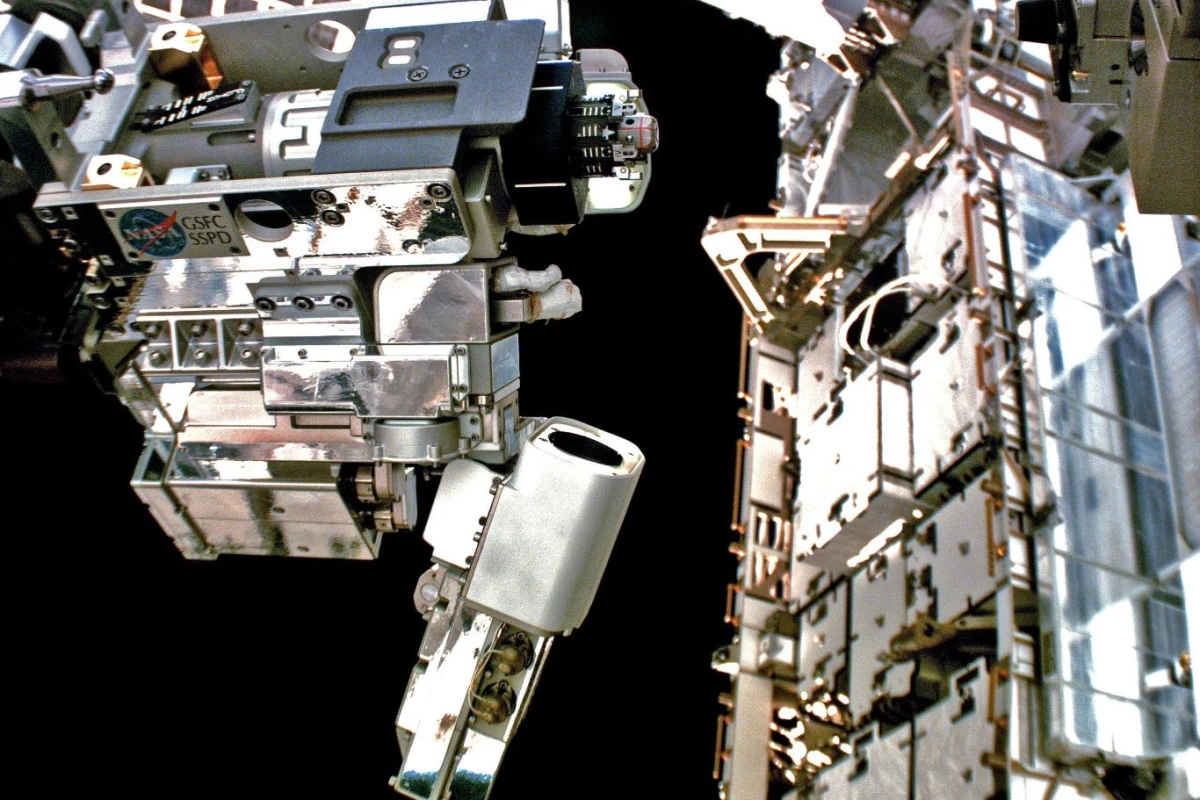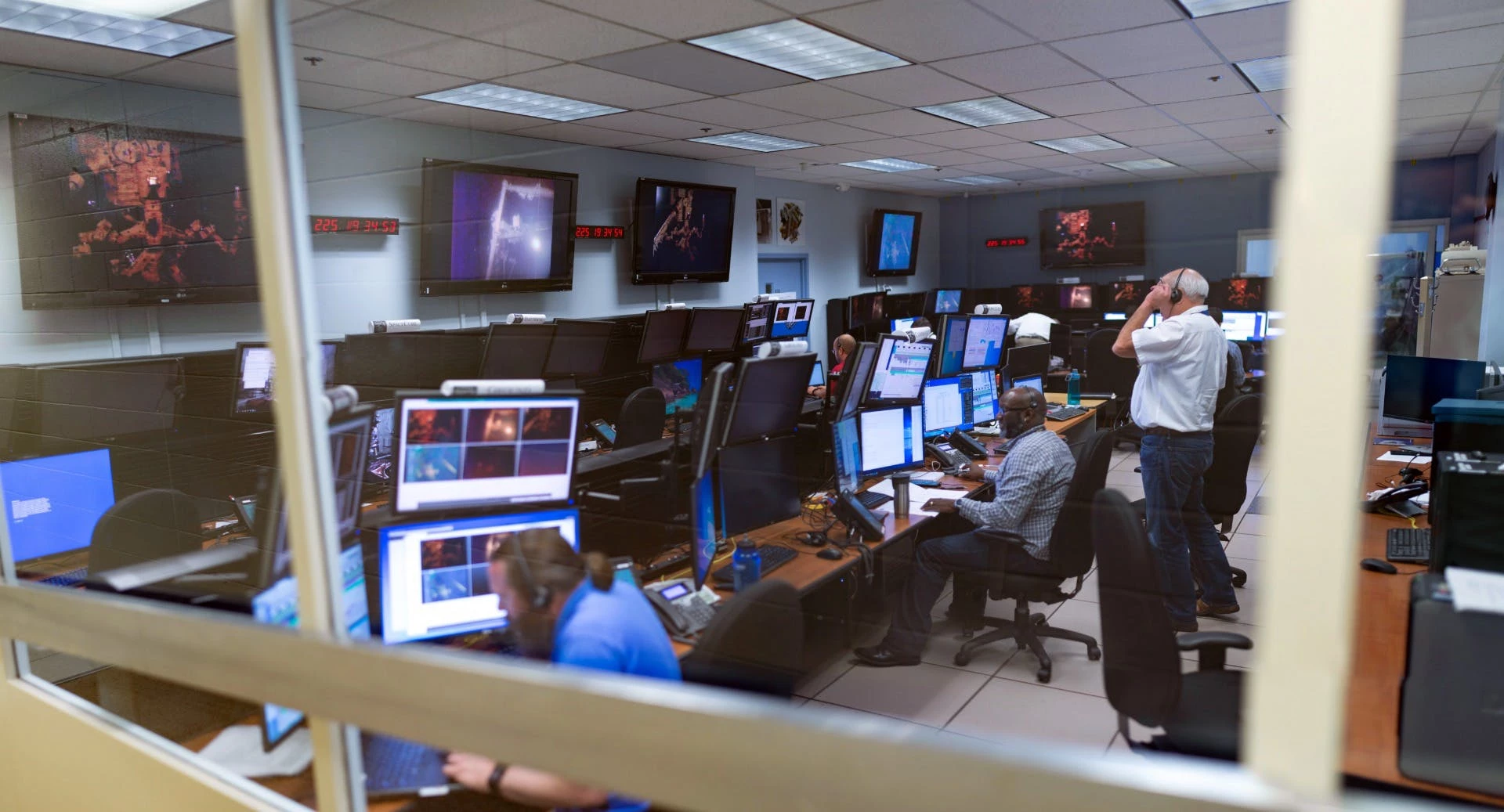NASA has completed the first round of tool tests aboard the International Space Station (ISS) aimed at determining the feasibility of in-orbit refueling of satellites and deep-space missions. The space agency's Robotic Refueling Mission 3 (RRM3) used three tools designed by the Satellite Servicing Projects Division to carry out operations simulating the transfer of cryogenic fuels like liquid methane, hydrogen, or oxygen from one tank to another.
With more attention being given to manned and unmanned deep space missions as well as the task of servicing satellites to reduce space debris, the prospect of in-orbit refueling has been gaining a lot of interest.
Currently, any space mission must carry all of its propellants with it from launch to termination. This means that the spacecraft must carry more weight and the boosters needed to put them into space must be just as proportionally large. It also means that NASA's Artemis missions, which use a rocket that's bigger than the classic Saturn V, will be very expensive as well as few and far between. In addition, the need to carry propellant puts a hard deadline on satellite missions that must be disposed of once their tanks run dry.

An alternative to this bulk and cost is to use in-orbit refueling. For this, cryogenic propellants are either ferried into space using a series of smaller rockets or by mining the required elements from the Moon or nearby asteroids. However, there's more to refueling than just pulling up to the pump and asking the attendant to fill 'er up.
Working in conjunction with Canada's Dextre robot, RRM3 has been installed outside the ISS since 2018, where it's been studying how to transfer cryogenic liquids as well as how to store them for months on end without boiling away. According to NASA, the cryogenic experiments using liquid methane had to be abandoned in April when there was a malfunction that required venting the fuel.
Since then, the project has concentrated on the tools used in transfers. Specifically, the Cryogen Servicing Tool that connects the source tank and receiver tank, the Multi-Function Tool 2 (MFT2) to operate the cryogenic transfer adapters, and the Visual Inspection Poseable Invertebrate Robot 2 (VIPIR2) for verifying the proper cryogen transfer between tanks. For this, Dextre undertook the task of unstowing the cryogen coupler adapter using MFT2 and inserted it into the cryogen coupler adapter port. The RRM3 module then took over the remainder of the refueling tasks.
Source: NASA






